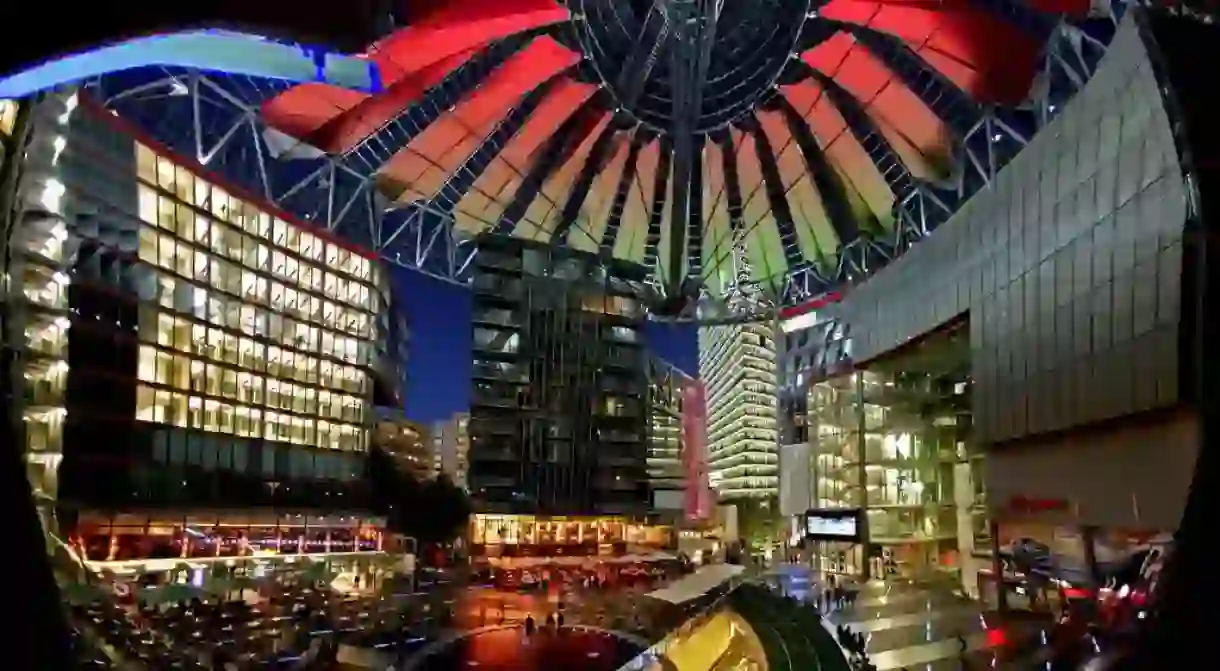Berlin's Film Festival: Kind of a Big Deal

Nearly 70 years after its inauguration, more than 500,000 people descend on Berlin every February to watch some 400 films at the Berlin International Film Festival. The stars bring the glamour, of course, and the Golden and Silver Bear awards provide winning films a massive boost in prestige, but what really sets the festival apart from its competitors in Toronto, Park City and Cannes is festival director Dieter Kosslick’s insistence thatGerman and other world cinema get more exposure than Hollywood films.
Originally the brainchild of a US Army officer, the Berlin Festival (also called Berlinale) was devised as a way to showcase the free world to still-war-devastated Germans in West Berlin. But what was a post-war time morale boosting project is now the largest publicly attended film event in the world –and the most politically charged. In 2017, only one film eligible for the main prize – just 5% of the total – was made in the US.

Grin and Bear it
From more than 7,000 films were submitted every year, the jury whittles down the presentation list to something around 400. From that list, only about 20 motion pictures and short films are eligible for the Golden Bear prize, the highest honour awarded by the festival. Previous winners include The People vs. Larry Flynt (USA); Bloody Sunday (Northern Ireland); Fire At Sea (Italy) and Taxi (Iran). Serving as the unofficial second place prize to the main Golden Bear competition, the Silver Bear prizes are awarded to the best director, actress, actor, film score and short film.
Risky business
Most film festivals choose the most blockbuster-esque film to headline the proceedings, and it’s easy to see why. Blockbusters bring stars, which bring press, which brings paying customers. While it’s true the Berlinale has led with The Grand Budapest Hotel and Hail, Caesar!, it also allowed first-timer Etienne Comar to headline the 2017 festival with Django, the story of the persecution of French jazz guitarist Django Reinhardt‘s family in Nazi-occupied Paris.
Big bucks for the arts
Stories about Congolese bar singers who go on a frantic search for their teenage sons through the streets of Kinshasa don’t get made in Hollywood and find little traction in European cinema circles. The Berlinale may be about art, but – perhaps even more importantly for the health of the international film industry – it’s about commerce, too. The European Film Market, taking place at the same time and in association with the Berlinale, brings together around 20,000 distributors, film buyers, financiers and co-production agents from 130 countries to buy, sell and finance films. The emphasis on producing internationally collaborative cinema means that films like Alain Gomis’ 2017 drama Félicité (co-produced by the French, Belgians, Senegalese, Germans and Lebanese) not only get made but go on to win prizes like the Silver Bear. The Berlinale makes such projects possible, and the world is the better for it.













